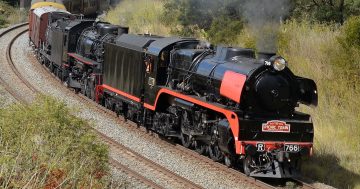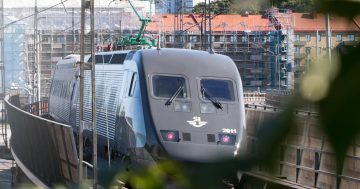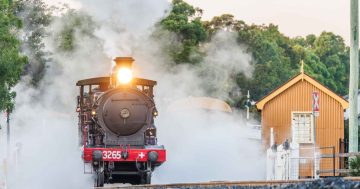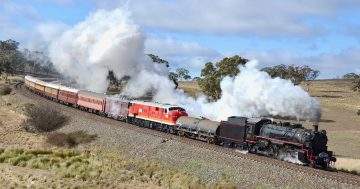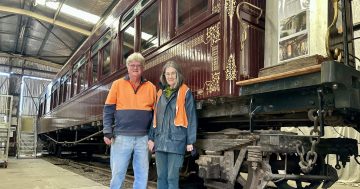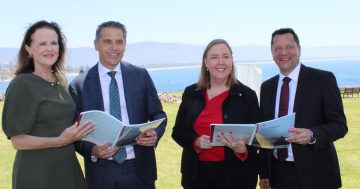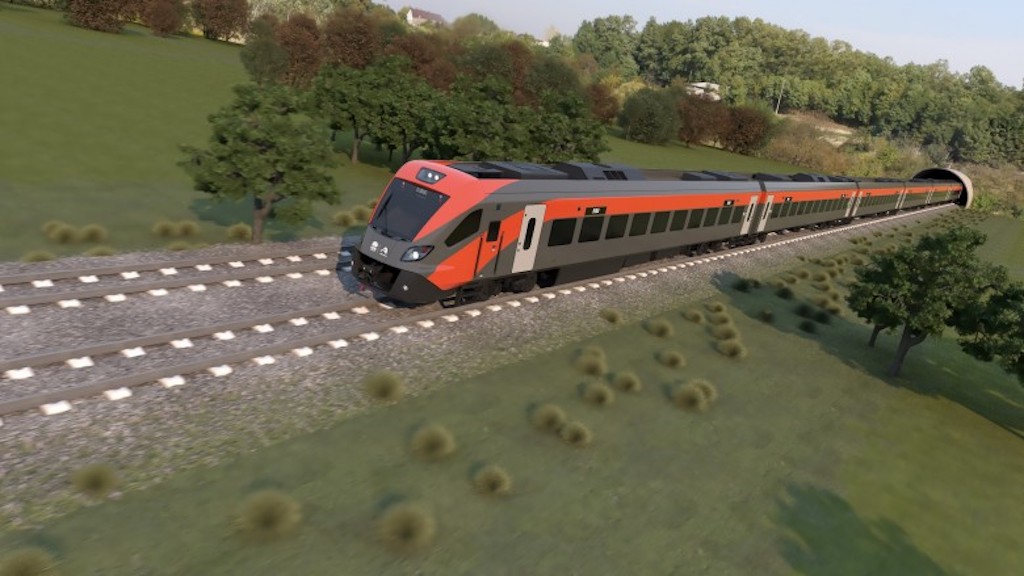
The new XPT is likely to be delayed for at least two years from the initial 2023 completion date. Photo: Transport for NSW.
Goulburn people aiming to travel to Sydney by train over the January holidays should book two weeks ahead.
Travellers are turning to trains to avoid a hike in airfares between Sydney and Melbourne. Demand has made first-class and economy seats on the booked XPT service as scarce as flying reindeer. Rather than paying $500 or more for the one-hour-15-minute flight, hardy travellers are opting for the 11-hour train journey for a fraction of the cost.
Meanwhile, the new regional fleet of XPT trains due in 2023 are unlikely to be commissioned before 2025. People abandoning flights between Sydney and Melbourne – the country’s busiest domestic airline route – will have to wait another two years at least to experience the extra features like Wi-Fi on the new trains.
Transport for NSW says supplier Momentum Trains is finalising the last stages of the detailed design for the new fleet, while train production continues in parallel.
“The COVID-19 pandemic and restrictions interfered with the project’s schedule and impacted the train design and manufacturing, and as a result, the project has experienced delay,” a transport spokesperson said.
More detailed service planning and crew training will be undertaken before the deployment of the new fleet, the spokesperson said.
Leon Oberg and another member of Southern Tablelands Rail Users Group, along with other community groups inspected a model of the new trains at Bathurst about a year ago.
“The driver’s layout, from the driver’s point of view is exceptionally good,” he said.
“The buffet we were told will dispense meals almost immediately, unlike the XPT and EXPLORERs where they call for orders and cannot supply them for about an hour,” he said.
During the train inspection, Mr Oberg asked that, given the time it will take for the new fleet to replace the existing fleet, why not roll out the superior kitchens in trains now? Rail officials did not respond.
He said the proposed new airline-style overhead luggage storage design was poor. He bumped his head on it inside the model. “I can go back 70 years on travelling on trains and all the overhead luggage holders are built at an angle to the wall,” he said. “They have raised edges, so you can’t hit you head on a corner.”
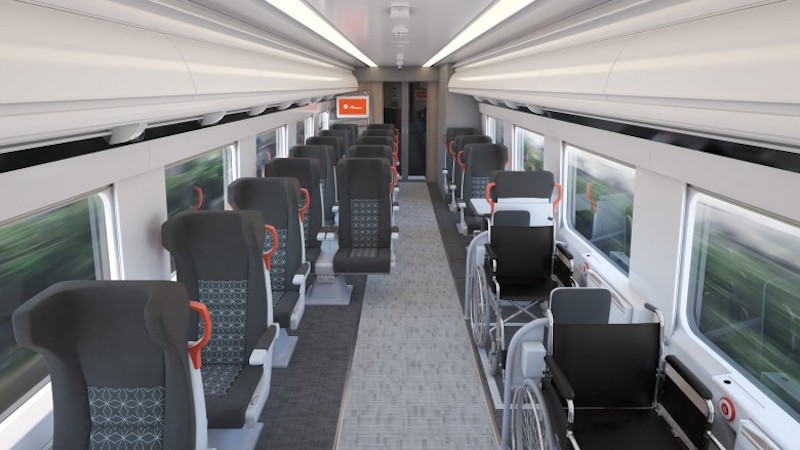
An artist’s impression of the interior of one of the new XPTs for regional NSW. The NSW Government says it is replacing the ageing NSW regional rail fleet of XPT, XPLORER and Endeavour trains with 29 safer, comfortable and more accessible trains. Photo: Transport for NSW.
He said the proposed shift from current two-by-two to a two-by-one seating configuration would allow more space, but fewer seats.
“The XPT seating now is two-by-two, so you are going to knock 25 per cent of your seating out of your carriages,” he said. “But we (rail users) have done sums from the orders for the new trains, and the number of new carriages do not even meet the number of carriages they are going to be replacing.”
Transport for NSW said as a temporary measure a sixth carriage was being added to the Sydney to Melbourne XPT in December to increase capacity to address demand over the holidays.
Mr Oberg said this was misleading, because the extra carriage was added every year at Christmastime. “They should be putting more trains on because it is a totally different era,” he said. “The airlines’ fares have risen astronomically, so a transport business such as a railway should be looking at ways to put more trains on.
“They could be talking to the heritage groups,” Mr Oberg said. “They have some wonderful old carriages which they could lease, giving many of the heritage groups good income for a short-term, holiday period fleet.
He said the XPT local that derailed at Wallan, Victoria, in February 2020 was being returned to service. “Now that tells me it is because of a serious delay in the new train. They have got to get it back into service to meet the demand for existing services.
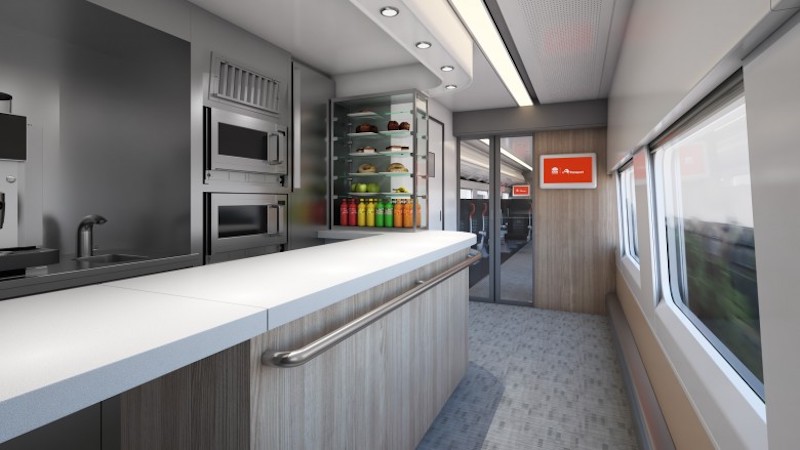
The new XPT’s buffet car. Photo: Transport for NSW.
“If these new trains were coming on stream they would not bother.”
Mr Oberg said he and his companion from the rail users group were required to sign confidentiality agreements before seeing the proposed new train at Bathurst. He was not allowed to take photos.
According to Transport for NSW, as production and detailed design of the fleet is still underway as part of contractual arrangements with the supplier, there is information that may be commercial in confidence. But a confidentiality agreement was not required.








